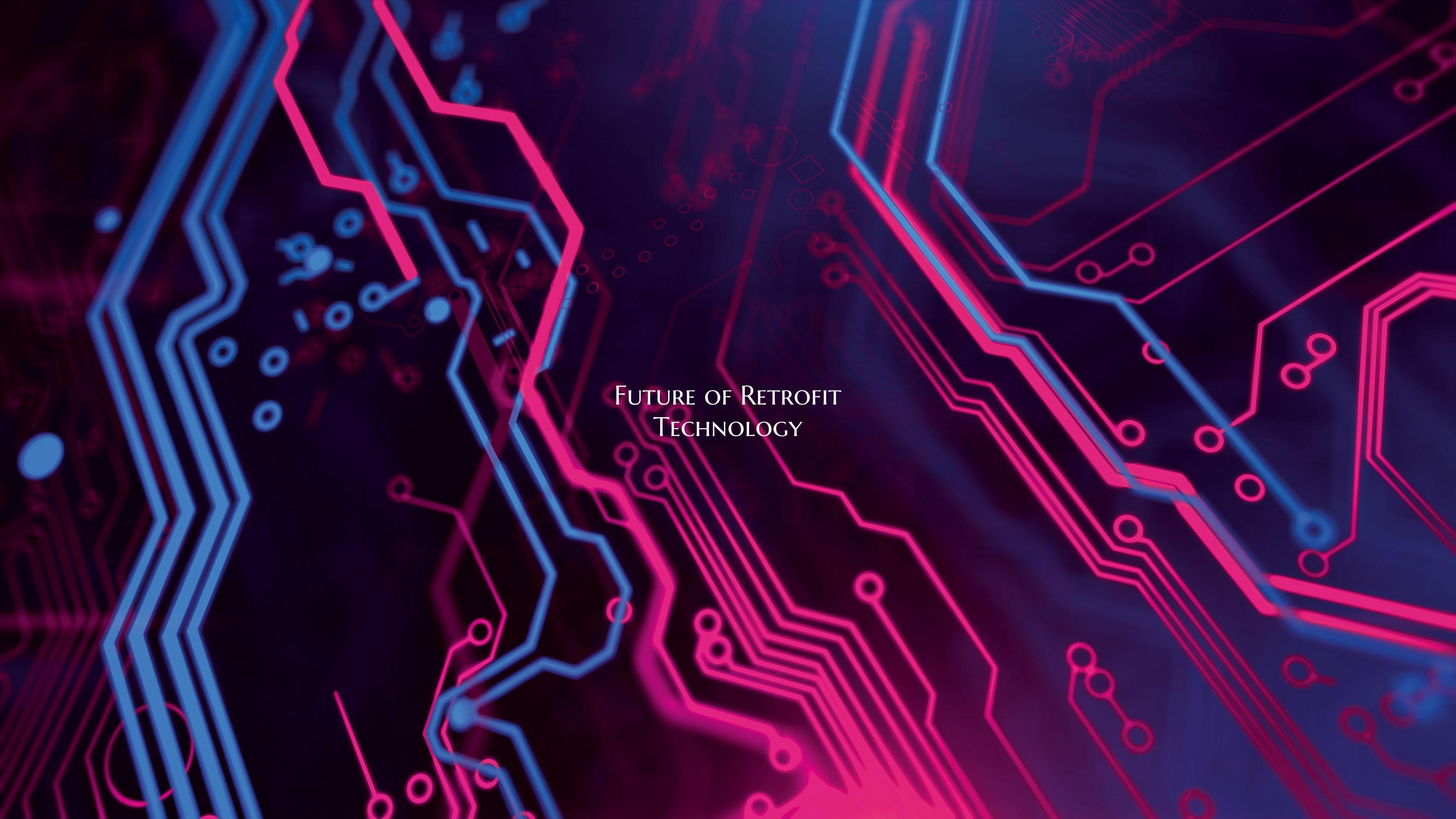Future of Retrofit Technology
In today’s fast-paced world, technology is constantly evolving to meet the ever-changing needs of society. One area that has seen significant advancements in recent years is retrofit technology. Retrofitting, the process of upgrading or modifying existing systems or structures to improve performance, efficiency, and functionality, has become increasingly important in various industries.
The future of retrofit technology holds great promise, as innovations continue to drive progress in areas such as energy efficiency, sustainability, and smart building design. Advancements in sensors, data analytics, and automation are transforming the way buildings and infrastructure are upgraded, making them smarter, more energy-efficient, and environmentally friendly.
One key aspect of the future of retrofit technology is sustainability. With growing concerns about climate change and environmental impact, there is an increasing focus on making existing buildings more energy-efficient and reducing their carbon footprint. Retrofit technologies such as advanced insulation materials, energy-efficient lighting systems, and smart HVAC systems are helping buildings lower their energy consumption and operating costs while minimizing their environmental impact.
Furthermore, the integration of IoT (Internet of Things) devices and smart building technologies is revolutionizing the way buildings are retrofitted. IoT sensors can collect real-time data on various aspects of a building's performance, such as energy usage, air quality, and occupant comfort, allowing building owners and managers to make informed decisions about retrofitting strategies. Automated systems can optimize building operations, improve occupant comfort, and reduce maintenance costs.
The future of retrofit technology also encompasses the concept of adaptive reuse, where existing buildings are repurposed for new functions while preserving their historical or architectural significance. By combining thoughtful design with innovative retrofit technologies, developers can transform old structures into modern, sustainable spaces that meet the needs of today's society.
As we look ahead, it is clear that the future of retrofit technology is bright. With continued advancements in sustainability, smart building technologies, and adaptive reuse strategies, retrofitting will play a crucial role in creating more efficient, resilient, and sustainable built environments for future generations. Embracing these innovations will not only benefit the environment but also lead to cost savings, improved comfort, and enhanced quality of life for building occupants.

